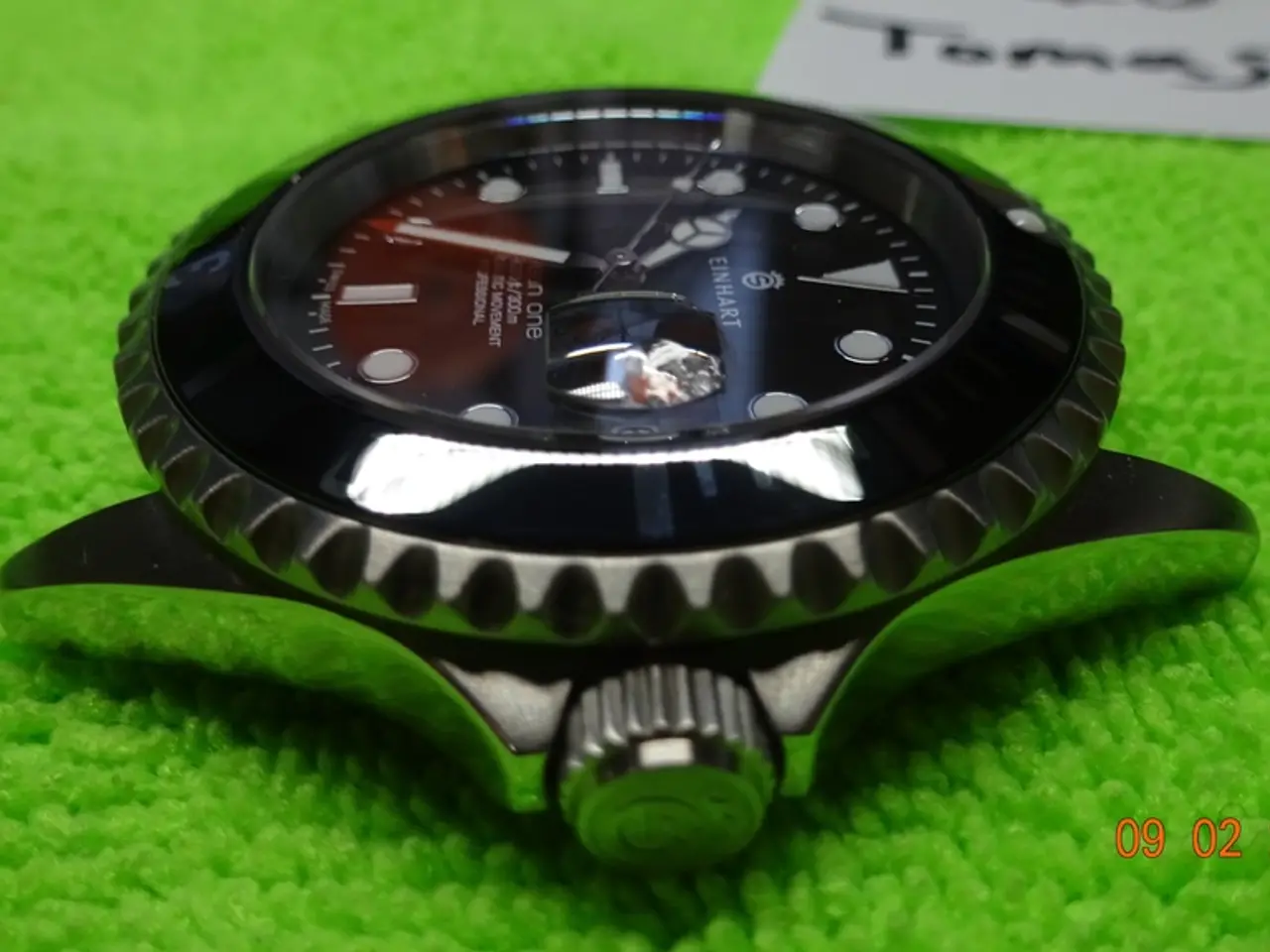Heart Devices, Pacemakers, and Defibrillators Differ in Life-Saving Methods
In the realm of cardiac care, pacemakers and defibrillators play a crucial role in managing heart rhythm disorders. These devices are essential in preventing bradycardia-related symptoms and sudden death from tachyarrhythmias, offering benefits in symptom control and survival.
Pacemakers, implantable devices consisting of a battery-operated control unit and lead wire(s) threaded through veins to the heart, are primarily indicated for patients with slow heart rhythms or heart block. These conditions cause insufficient blood and oxygen flow, leading to symptoms like fatigue, dizziness, or shortness of breath.
On the other hand, Implantable Cardioverter Defibrillators (ICDs) are indicated for patients at risk of dangerously fast and life-threatening heart rhythms such as ventricular tachycardia or ventricular fibrillation. These arrhythmias can cause sudden cardiac death, and ICDs monitor and automatically deliver countershocks to correct them.
A newer development in the field is the leadless pacemaker, a miniaturized device that positions in the lower chamber to treat slow heart rhythms without a lead. This technology offers a less invasive approach compared to traditional pacemakers.
Defibrillators, implantable devices used to rescue the heart from rapid and disorganized heart rhythms, are also crucial. They deliver a strong "reset" signal to the heart when the ventricles are beating very fast or erratically.
In the case of advanced heart failure, pacemakers prove beneficial. The type of device appropriate for a patient depends on the specific rhythm disorder and tests ordered by the cardiologist.
It's essential to note that these devices are not without risks. Complications related to device implantation include infection risk, pocket hematomas, and lead-related issues. ICD shocks can be painful and may cause psychological effects. CRT implantation carries risks common to other pacemakers, and patients are advised to avoid heavy lifting or driving for a short period post-procedure.
At end of life, ICDs may interfere with natural dying processes, leading some patients to choose device deactivation. This requires careful discussion with healthcare providers and family. MRI use in patients with these devices requires device-specific programming and monitoring, although modern devices often allow safe MRI scans with proper precautions.
In summary, pacemakers and defibrillators are critical in managing heart rhythm disorders, improving quality of life, and extending survival. Risks mainly involve implantation complications and psychological impacts related to shocks, requiring tailored patient education and monitoring.
Technology in the field of medical-conditions, particularly cardiovascular-health, has led to the development of pacemakers and defibrillators. These devices play a significant role in health-and-wellness, offering benefits in symptom control and survival. Pacemakers, for instance, are essential for patients with slow heart rhythms or heart block, addressing conditions that lead to health-related issues like fatigue, dizziness, or shortness of breath. On the other hand, Implantable Cardioverter Defibrillators (ICDs) help patients at risk of ventricular tachycardia or ventricular fibrillation, arrhythmias that can cause sudden death. A newer technology, leadless pacemakers, offers a less invasive approach, positioning in the lower chamber to treat slow heart rhythms without lead complications.




